Bury Me in an Artificial Reef
One Florida-based company offers a second life at sea by adding cremains to something called a reef ball.
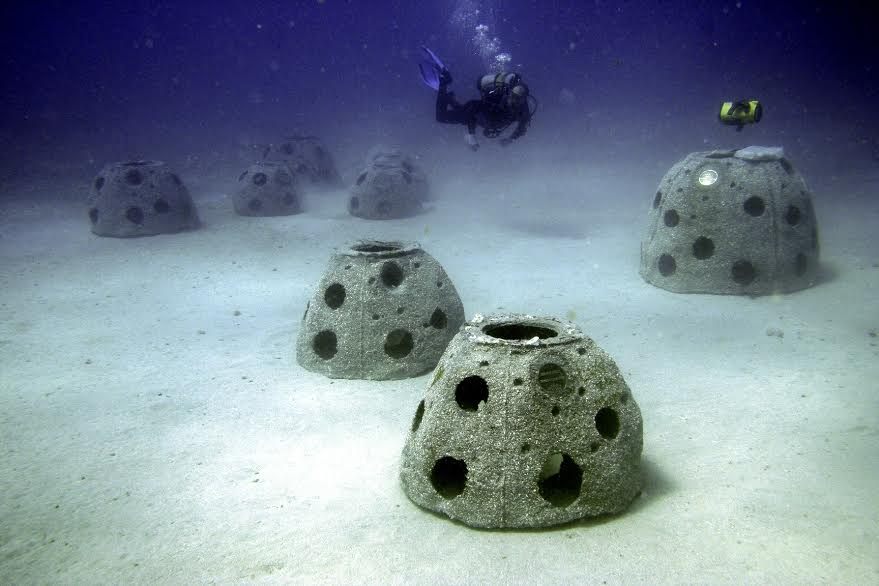
There are about as many ways to be buried as there are ways to die. You can be put into a giant egg, or frozen and shaken into dust, or even broken down by caustic chemicals. And if you’re looking for something a bit more peaceful (and you aren’t thalassophobic), you can now be built into a living ocean reef.
Florida-based Eternal Reefs offers an oceanic burial option that lets you add your cremains to a perforated dome called a “reef ball,” which will sit at the bottom of the ocean and become a home for local sea life.
“We refer to ourselves as the surf-and-turf of the natural burial movement,” says George Frankel, CEO of Eternal Reefs, who jokingly describes his position at the company as “chief cook and bottle washer.” As Frankel puts it, the concept behind reef balls was to ask right from the get go, “If I was Mother Nature, what would I like to work with?”
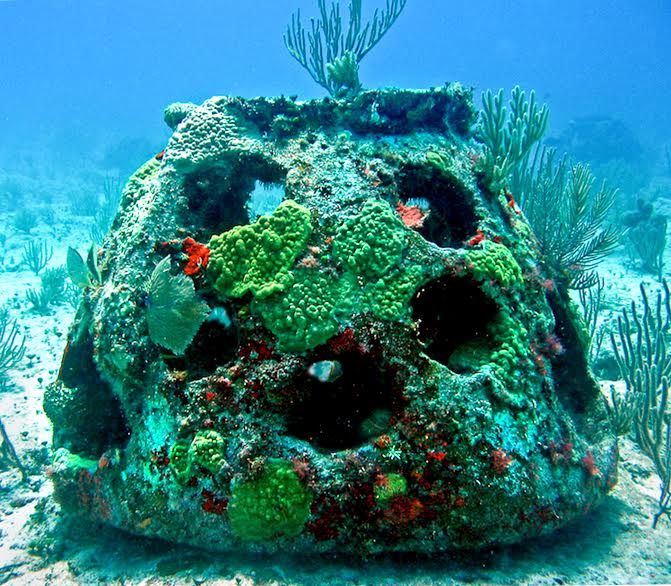
While the business is centered around disposing of the deceased, it began as a project between a couple of diving buddies. Cofounders Don Brawley and Todd Barber knew that the coastal reefs around Florida needed some help to keep them from deteriorating. Their solution was to develop reef balls, which are made of a specially formulated concrete designed to encourage the growth of new reefs with minimal effect on the existing environment.
The reef balls also had to be something that could survive the violent influence of underwater storm currents. “If it moves it’s useless,” says Frankel. So the hollow reef balls weigh anywhere between 800 and 4,000 pounds, and have a domed shape with large perforations all across the surface. Those perforations ensure that storm pressure can’t build up against them and shove them out of place.
“I’m never gonna tell you that mother nature can’t do something,” says Frankel, “[but] I will tell you that if she moves one of those reef balls, you’re gonna have much bigger problems on land than you do in the ocean.”
In 1998, the eco-friendly initiative found a whole new purpose after Brawley’s father-in-law, Carleton Palmer, told him that he would like to be buried at sea. “He got sick and said that he’d prefer to be in a reef with all that life and action, than be in a field with a bunch of old dead people,” says Frankel. After Palmer’s death later that year, Brawley realized that the perfect way to honor his father-in-law’s wishes would be to mix his ashes in with the reef ball material, turning their wildlife habitats into a permanent memorial.
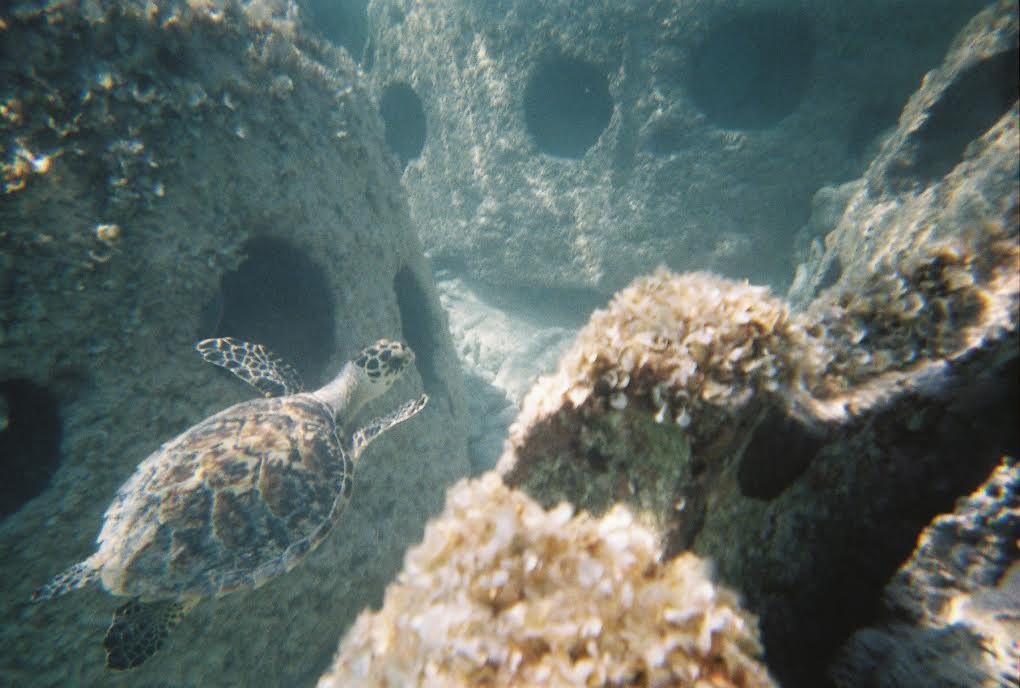
From there, they started getting more and more requests from people who wanted their remains to be turned into reef balls, and thus the Eternal Reef concept was born.
Today there are three pieces to Brawley’s reef ball business: two companies that deal with large-scale reef building projects, such as helping to establish sustainable fisheries, and Eternal Reefs, which handles the burial end of things. There are a number of initiatives that work to rehabilitate or create new reefs, but reef ball memorials are the only ones who will make you a part of the structure.
Frankel sees reef ball burials as an important step in the conservation burial movement, not to be confused with the green burial movement. “Green burial has got shades of green,” he says. “Conservation burial is where somebody has taken an ecologically important piece of land, that in all probability some developer would have their eyes on, and used memorialization to preserve that land as permanent green space. There’s no embalming, no caskets, no traditional headstones. It’s left pretty much in a wild state.”
Of the thousands of reef balls that are put into the oceans each year, only about 120 to 150 of them are the work of Eternal Reefs, but they are understandably much more personal. People can choose from three sizes of reef ball that range in price from about $4,000 to $7,500. The larger reef balls can accommodate multiple sets of remains, so that families can be “buried” together, turning the ball into a sort of underwater mausoleum. Surviving friends and family are encouraged to leave handprints, markings, and messages in the wet cement. Each of the memorial balls is also set with a personalized brass medallion for the deceased.

When the reef balls are taken out to be submerged, the family can come along just as in a more traditional burial. Once they are on the ocean floor, they are permanent and can be visited from the surface of the water, or even on a dive. Frankel says they have an event coming up where over 100 friends and family are coming out to visit one of their memorial reefs.
As to the type of people who opt for burial with Eternal Reefs, Frankel says that it’s not just fishermen and divers. Eternal Reefs sees a number of parents of all ages who have lost children coming to them, looking to give the deceased a sort of second life as part of a living reef. “It all comes full circle to this idea of giving back.”
Another common request is to add the ashes of pets, but due to the prohibitive cost, Frankel says that he usually suggests that people wait, and have their own ashes buried with that of their pet.
There have been more than 700,000 reef balls placed in 70 countries across the world. Memorial reef balls are just a small part of that number, but Frankel believes that conservation burial will eventually create a sea change in our death practices. Eternal Reefs’ memorial balls may just be one step in building a whole new burial ecosystem.
The story originally ran on June 9, 2017.


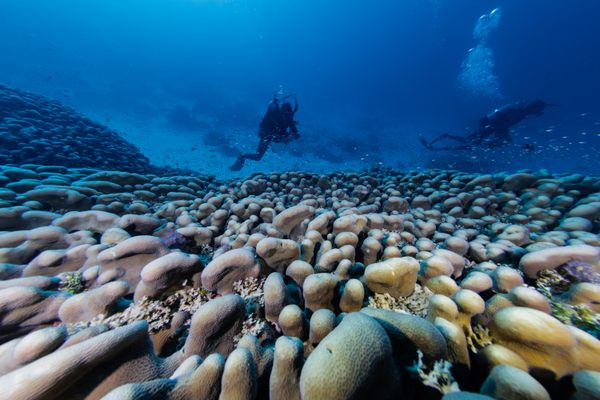


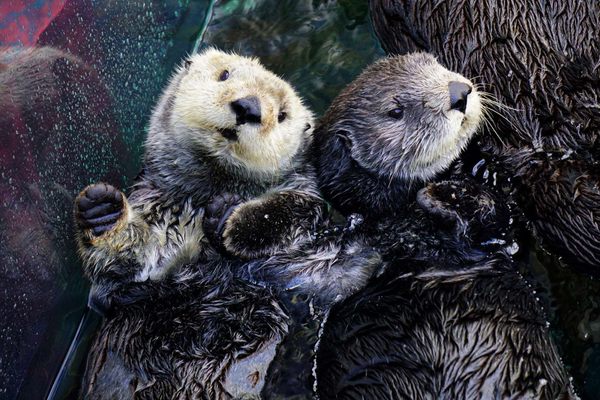











Follow us on Twitter to get the latest on the world's hidden wonders.
Like us on Facebook to get the latest on the world's hidden wonders.
Follow us on Twitter Like us on Facebook